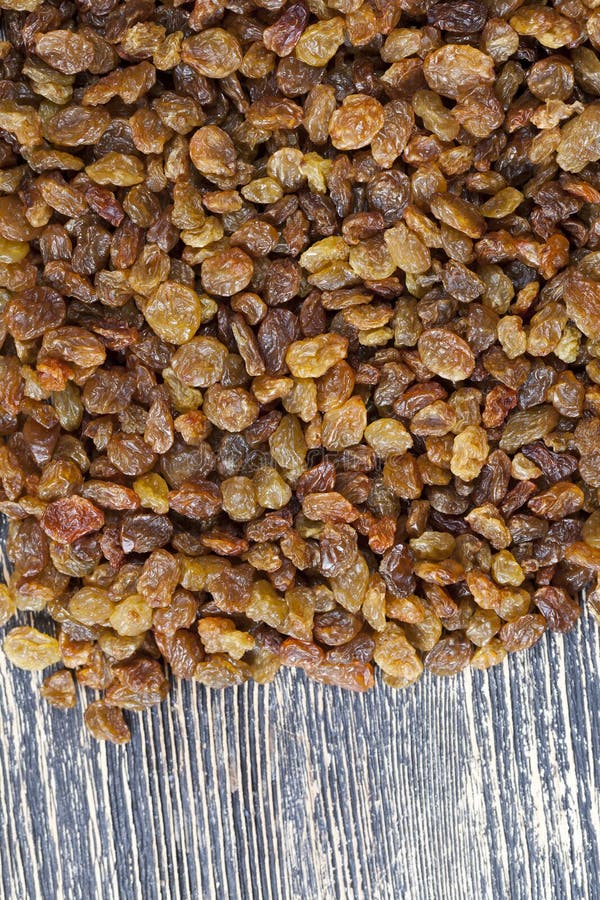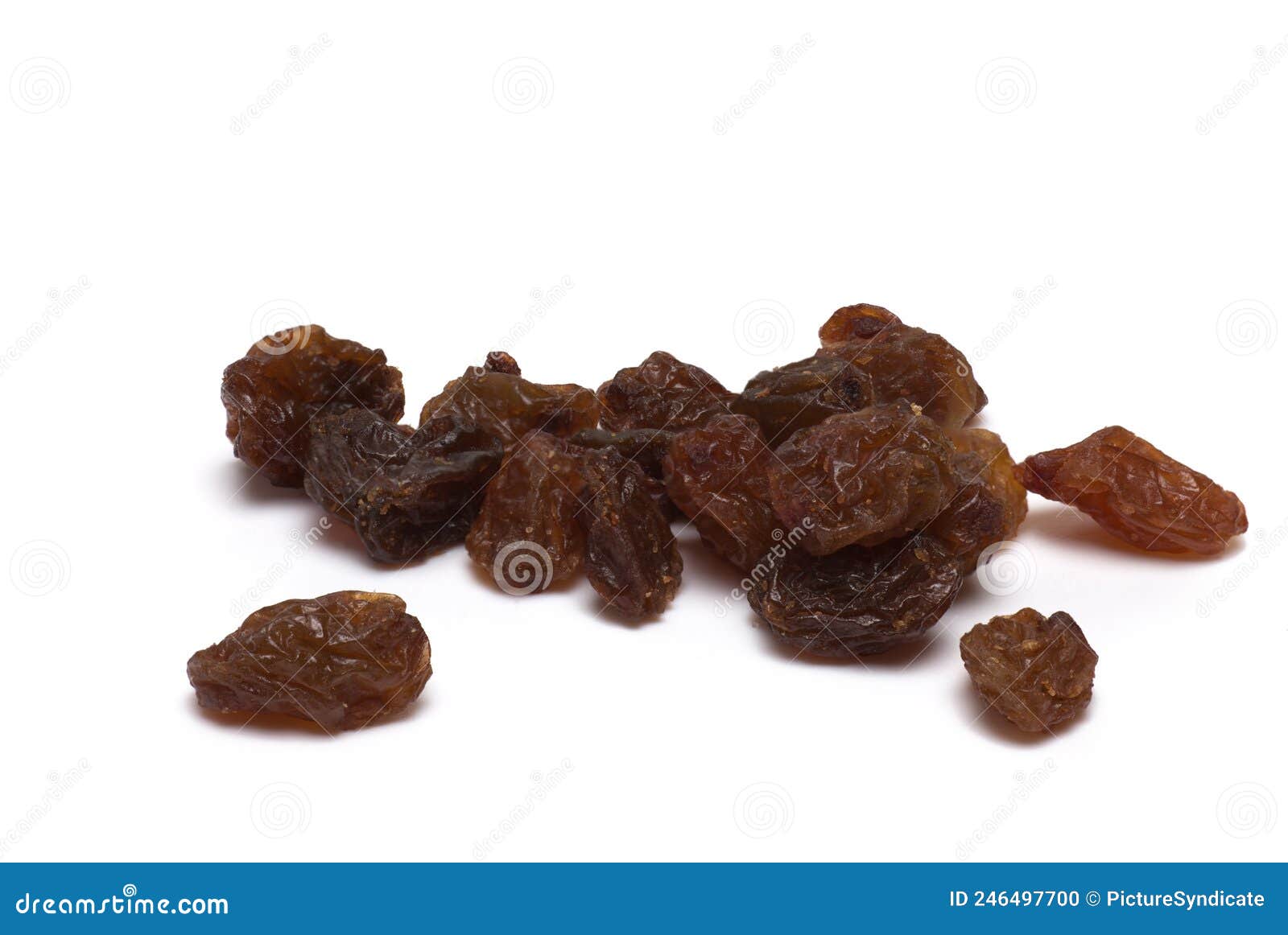Rehydrate Raisins: Tips & Tricks To Plump Up Shriveled Fruits!
Can you truly breathe life back into a shriveled raisin? The answer, surprisingly, is a resounding yes, and it's a culinary trick that can transform your baking and snacking experiences. The humble raisin, a pantry staple for many, often arrives in a state that is less than appealing: dry, hard, and a shadow of its former, grape-like glory. But fear not, for this is a problem with a surprisingly simple solution.
The journey of a raisin begins with a grape. Specifically, the fruit of the Vitis vinifera plant. These grapes, carefully selected and often sun-dried (although oven-drying is a viable alternative), undergo a transformation. They lose moisture, shrinking and concentrating their sugars, resulting in the familiar, wrinkled texture we associate with raisins. Global raisin production is a significant industry, with approximately 1.2 million tons produced during the 2020-2021 harvest. The top producers of these dried grapes are located in just three countries, reflecting the concentration of the industry and its reliance on specific climates and agricultural practices.
| Attribute | Details |
|---|---|
| Common Name | Raisin |
| Original Form | Grape (Vitis vinifera) |
| Process | Dehydration (sun-drying, oven-drying) |
| Typical Appearance | Shriveled, dark brown, yellow, or purple |
| Primary Use | Culinary (baking, snacking, etc.) |
| Key Characteristics | Sweetness, concentrated flavor, chewy texture |
| Shelf Life | Approximately 1 year (unopened), can extend past the expiration date |
| Rehydration Methods | Soaking in water, juice, or microwave |
| Nutritional Benefits | Source of fiber, iron, potassium, and antioxidants (particularly in black raisins) |
| Reference Website | United States Department of Agriculture |
The beauty of rehydrating raisins lies in its simplicity. Whether you're looking to incorporate them into baked goods or simply enjoy them as a snack, plumping them up makes a significant difference. The process restores their natural moisture and texture, transforming them from tough, dry morsels into something akin to their original, juicier state. This isn't about turning them back into grapes, but enhancing their appeal and making them a more enjoyable ingredient.
If you're aiming for a more intense flavor experience, drying your own grapes in the oven is an option that provides a greater degree of control. You can bake your grapes in the oven for approximately 4 hours, or until they reach the desired level of shriveling. This method allows you to tailor the process, selecting the degree of dryness you prefer. Check in several times during the baking process to avoid any mishaps, and feel free to remove the grapes after less than 4 hours if they appear sufficiently dried before then. The homemade kind can come out plumper and juicier, with a flavor that's truer to that of a fresh grape, only more intense. Keep in mind that the goal is to have raisins that are mostly dried but still slightly plump.
To rehydrate these often forgotten dried fruits, the most straightforward method involves soaking. Place the raisins in a bowl and pour boiling water over them until they are covered. Allow them to soak for at least 12 hours, or preferably overnight. This process allows the raisins to absorb the moisture, re-inflating and softening their texture. If soaking raisins isn't your preferred approach, there are alternative methods that can be implemented.
Another option is to employ the microwave. Place the raisins in a bowl and drizzle with a few tablespoons of warm water, just enough to moisten them. Microwave for a short burst, about 12 to 15 seconds on high. After the time is up, pour off any leftover water, and let them sit, covered. The heat helps the raisins absorb the moisture more quickly, leading to a plumper and softer result. If your raisins are in need of a little extra revitalization, then you can utilize the oven. A third option is to revive the raisins in the oven.
Raisins also make for a great binding agent, owing to their inherent stickiness. They're often incorporated into recipes, especially when baking. This also works great when adding raisins (or other dried fruit) to recipes when baking.
The transformation of a grape into a raisin isn't the only alteration the fruit undergoes. For example, golden raisins are often treated with sulfur dioxide before they're dried. This process prevents the raisins' color from darkening, which helps to retain their appealing golden hue.
Whether you're preparing a batch of cookies, oatmeal, or yogurt, plumped raisins can significantly elevate your culinary creations. By rehydrating them, you are effectively reviving their natural sweetness and chewiness, making them a more desirable addition to your dishes. The question of whether you can reinflate a raisin has sparked curiosity and debate among many, particularly in the realms of food science and education, and the answer is yes, it can be done in a variety of simple ways.
Despite their shriveled appearance, raisins have a remarkable shelf life. They can last for about a year, and even an unopened package can often remain viable for several months beyond its expiration date. This makes them a practical and convenient ingredient to have on hand.
Beyond their culinary uses, raisins also offer some nutritional benefits. Black raisins, in particular, are considered to be an excellent source of fiber, iron, and potassium. They are also rich in antioxidants that help to prevent cell damage caused by free radicals.
In some cases, raisins can even be used in an attempt to replicate flavors of other ingredients. "123 calories one small box of raisins will save you a few calories compared to dried cranberries". Raisins have also entered the realm of popular culture, albeit in an indirect way. They appear as characters in the show animated inanimate battle. These characters often add unique dimension to the world of animation.
While the process of making a raisin is relatively straightforward, it's crucial to remember that the raisin has undergone a significant change from its original form. They are essentially dried grapes and require a different treatment.
And, as a final note, if you find yourself with pruney fingers after a long bath or doing the dishes, rest assured, it's a common and temporary phenomenon! Similarly, those seemingly shriveled raisins can be brought back to life to deliver sweet and chewy goodness.


